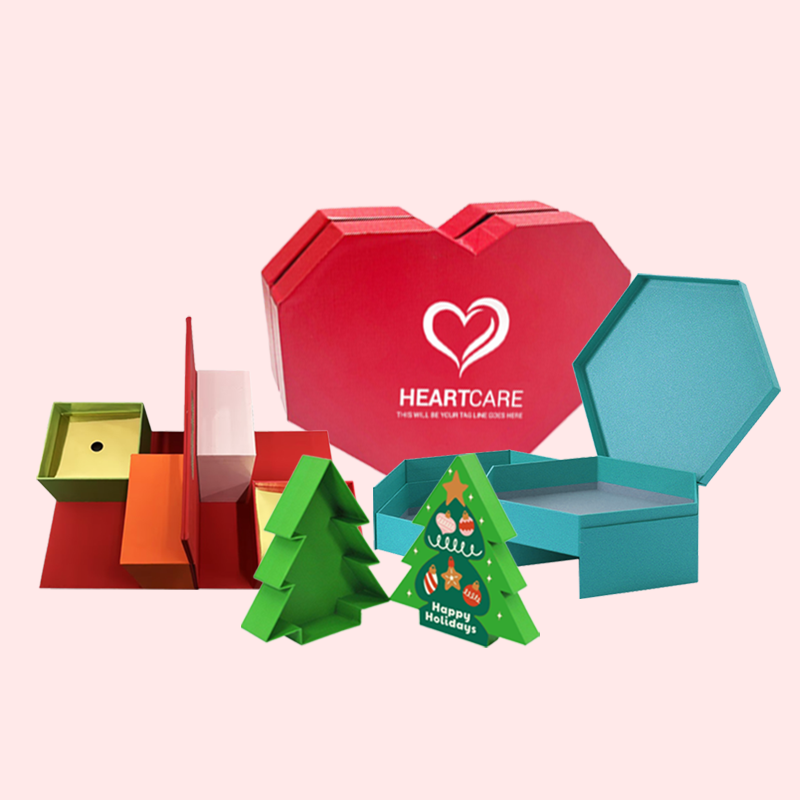Struggling with "green" claims from suppliers? Misleading labels make choosing truly sustainable packaging hard. The key is asking the right questions to get the real answers you need.
To confirm if a packaging solution is truly sustainable, you must look beyond the marketing label. Ask your supplier about the material's full lifecycle, its origin, actual recyclability rates in the end market, and the energy used in production and transport.
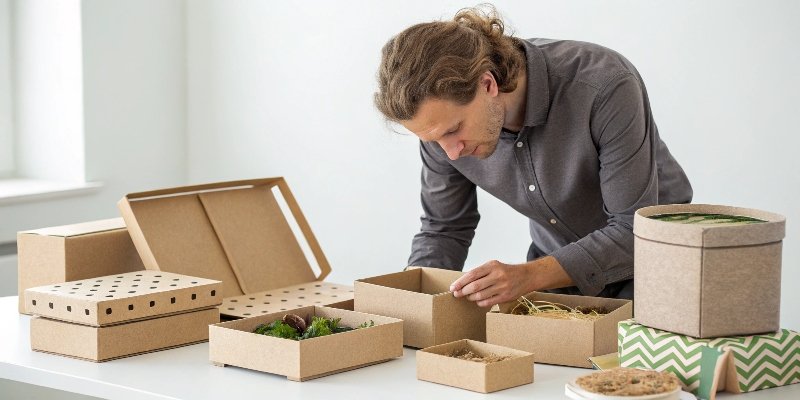
The term "eco-friendly" gets thrown around a lot in the packaging world. In my 16 years in this business, I've seen countless products labeled "green" or "earth-friendly" with little to back it up. It’s easy to get lost in the marketing noise, and as a designer, you need facts, not fluff. To really understand what you're buying, you have to dig deeper and challenge your suppliers. This builds a better partnership and ensures your final design is genuinely responsible. Let's break down the specific questions that will give you the clarity you need.
What questions should I ask suppliers about sustainability?
Need to vet a supplier's green claims1? It can be confusing to know what specific questions to ask. Here are the essential questions that will cut through the noise.
Ask about material sourcing (like FSC certification2), the percentage of recycled content3, and clear end-of-life options. Also, inquire about their manufacturing energy use4 and waste management5. These questions cover the entire lifecycle and reveal their true commitment to sustainability.
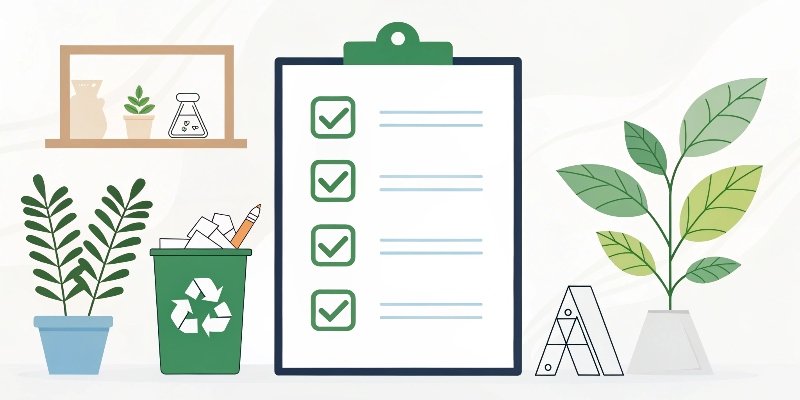
When I talk to a new paper supplier, I have a mental checklist I run through. It's not about catching them in a lie; it's about understanding their process and philosophy. True sustainability is transparent. A good supplier will welcome these questions and have the answers ready. Your job as a designer is to verify the claims so you can confidently present the packaging to your clients. A few years ago, a client was adamant about using a "100% compostable" box. By asking the right questions, I found out it was only compostable in an industrial facility, which wasn't available to 99% of their customers. We switched to a high-recycled-content paper box that was easily recyclable everywhere. The client was grateful we avoided a potential greenwashing6 issue.
Here are the key areas to probe:
| Question Category | Specific Questions to Ask | Why It Matters For Your Design |
|---|---|---|
| Material Sourcing | Is the virgin paper pulp FSC or SFI certified? Where does the raw material originate? | This guarantees the paper comes from responsibly managed forests, preventing deforestation. It's a powerful story for your brand. |
| Recycled Content | What percentage is post-consumer recycled (PCR) content? | Using PCR content directly reduces waste in landfills and the demand for virgin materials. It's one of the most impactful metrics. |
| Manufacturing Process | What kind of inks do you use (e.g., soy-based)? What is your water and energy usage per ton of product? | The production process itself has a huge environmental footprint. Low-VOC inks and efficient resource use are signs of a truly "green" operation. |
| End-of-Life | Is this material easily recyclable in my customer's region? Does it contain mixed materials (like plastic laminates or magnets) that hinder recycling? | Sustainability is useless if it's not practical. The packaging must be easy for the end-user to dispose of correctly. Simpler is often better. |
Is eco-friendly7 packaging sustainable?
You hear the term "eco-friendly" everywhere you look. But does it actually mean the product is sustainable? The answer is often not as simple as you might think.
Not always. "Eco-friendly" can be a vague marketing term. True sustainability considers the entire lifecycle: from raw material sourcing and manufacturing to transportation and final disposal. A product can be eco-friendly in one aspect but harmful in another.
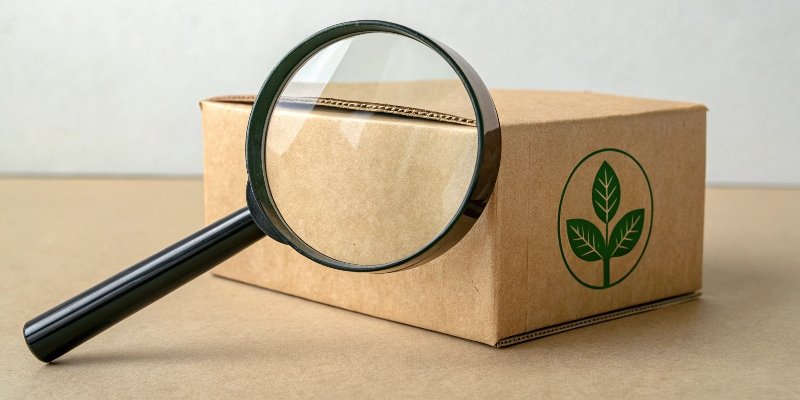
I love paper boxes. They are the backbone of my business at Giftspack. They are often called eco-friendly, and in many ways, they are. Paper is renewable, recyclable, and biodegradable. For many products—cosmetics, electronics, food—it's a fantastic choice. However, the word "sustainable" requires us to look at the complete picture. The term "eco-friendly" might only describe one feature, like being recyclable, but "sustainable" looks at the whole system.
Let's break down a simple paper box:
- The Good: Paper comes from trees, a renewable resource. And unlike plastic, its recycling infrastructure8 is mature and widely available. Many consumers know exactly what to do with a paper box. This is a huge advantage. They are also lightweight, which reduces carbon emissions during transport.
- The Complications: Where did the paper come from? If it's from an old-growth forest, it's not sustainable. How was it made? Paper production can use a lot of water and energy. What about the finish? A client might want a glossy, plastic-based laminate for a premium feel. That single choice can make the entire box non-recyclable. The beautiful inks, the glue holding it together, the plastic window—all these elements affect its true sustainability.
So, is an "eco-friendly" paper box sustainable? It can be, but only if every step is managed responsibly.
What are the sustainable solutions9 to packaging?
Searching for truly sustainable packaging solutions? The options can seem overwhelming and complex. Don't get lost in all the choices; focus on these clear, practical solutions.
Truly sustainable solutions focus on the "3 Rs": Reduce, Reuse, and Recycle. This means using recycled materials (like PCR paper), designing for easy disassembly, choosing mono-materials10 over mixed ones, and creating packaging that customers can reuse.
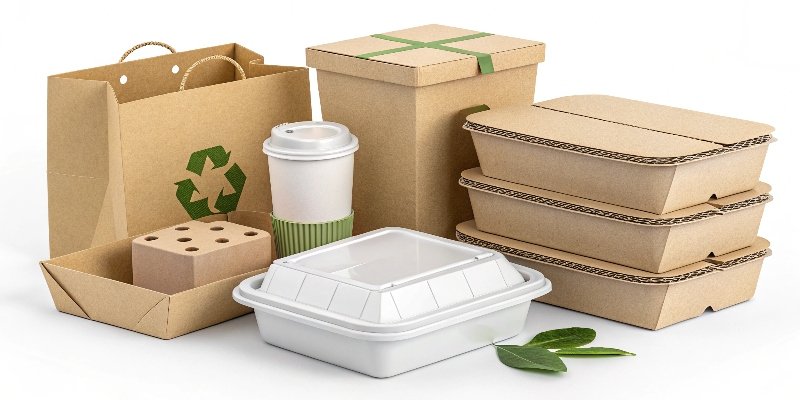
After years of designing and manufacturing, I've learned that the most innovative solutions are often the simplest. Instead of hunting for a magical new material that solves everything, we should focus on proven principles. Sustainability isn't just about the material; it's about the design thinking behind it.
Here are the most effective approaches I use with my clients:
1. Reduce: Use Less Material
The most sustainable package is the one that uses the least amount of material necessary. This is about "right-sizing." I once worked with an electronics company whose box was 30% empty space. By redesigning the box and the insert to fit the product snugly, we cut their material costs by 20% and their shipping costs by even more, since they could fit more units on a pallet. It was a huge win for their budget and for the environment. Always ask: can this box be smaller, or can we use a thinner-profile paperboard without sacrificing protection?
2. Reuse: Give the Packaging a Second Life
This is where designers can get really creative. Can the box be so beautiful or functional that the customer wants to keep it? I've designed cosmetic boxes that become desktop organizers and luxury gift boxes that people use for storing keepsakes. This not only keeps the package out of the waste stream but also keeps your brand in the customer's home. It extends the life of the packaging and creates a lasting connection.
3. Recycle: Design for End-of-Life
This is the most critical part. Your design choices determine if a box can be recycled. The golden rule is to use mono-materials10 whenever possible. A box made of 100% paperboard is easy to recycle. A paper box with a glued-in plastic window, a magnetic closure, and a foil stamp is a recycling nightmare. Most facilities will just send it to the landfill. Always prioritize easy disassembly and pure materials.
How do you know if packaging is sustainable?
Faced with two different "green" packaging options? It can be difficult to tell which one is actually better for the environment. You need a simple way to evaluate them.
Look for credible, third-party certifications11 like FSC for paper. Check for clear information on post-consumer recycled (PCR) content. Most importantly, assess the packaging's practical end-of-life: is it easily and widely recyclable where the customer lives?
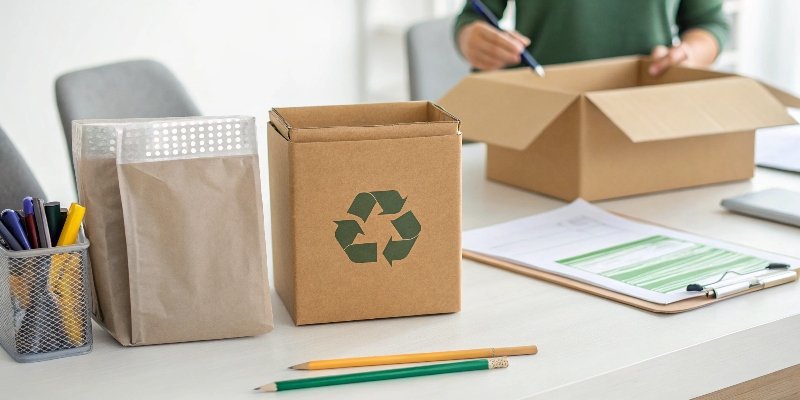
Over the years, I've developed a quick mental framework to cut through the marketing jargon and assess a material's real-world sustainability. It's not a formal Life Cycle Assessment12 (LCA), but it helps me make better decisions quickly. As a designer, you can use these same checkpoints to guide your work and have more productive conversations with suppliers and clients.
Here are the key things to look for:
-
Third-Party Certifications: A company's self-made "eco-friendly" logo means nothing. A certification from a respected third party means everything. For paper, the most important one is the Forest Stewardship Council (FSC). This seal guarantees that the paper comes from forests that are managed responsibly to protect wildlife habitats, local communities, and the environment. It is the gold standard, and I always push my clients to use FSC-certified paper. It's a clear, verifiable sign of sustainability.
-
The Hierarchy of "Recycled": Not all recycled content is equal. You need to ask if it's Post-Consumer Recycled (PCR) or Post-Industrial Recycled (PIR). PIR (or pre-consumer) content is just scrap from the factory floor that's been put back into the process. That's good, but it was never in danger of going to a landfill. PCR content is made from paper that people like you and me put in our recycling bins. Using PCR directly closes the recycling loop. Always aim for a higher PCR percentage.
-
Practicality over Purity: This is my most important lesson. A packaging material is only sustainable if it can be disposed of responsibly in the real world. I've seen amazing new bioplastics13 that are "100% compostable," but they require an industrial composting14 facility that exists in maybe three cities in the entire country. For everyone else, it’s just trash. A simple paper box, on the other hand, can be recycled almost everywhere. Always consider the customer's reality. The most technically advanced solution is useless if the infrastructure doesn't exist to support it.
Conclusion
Real sustainability involves asking tough questions and looking beyond simple labels. By working with your suppliers, you can create packaging that truly helps your brand and the planet.
-
Understanding green claims helps you identify genuine sustainable practices and avoid misleading marketing. ↩
-
FSC certification ensures responsible sourcing of materials, making it a vital standard for sustainable packaging. ↩
-
Knowing the recycled content percentage helps you assess the environmental benefits of packaging materials. ↩
-
Understanding energy use in manufacturing can guide you towards more sustainable packaging choices. ↩
-
Effective waste management practices are essential for reducing the environmental footprint of packaging. ↩
-
Recognizing greenwashing helps you make informed decisions and choose genuinely sustainable packaging. ↩
-
Discover the true meaning of eco-friendly to differentiate between genuine and misleading claims. ↩
-
Recycling infrastructure is critical for ensuring that packaging can be disposed of sustainably. ↩
-
Exploring sustainable solutions can lead to innovative and environmentally friendly packaging designs. ↩
-
Mono-materials simplify recycling processes, making them a better choice for sustainable packaging. ↩ ↩
-
Third-party certifications provide credibility and assurance of sustainability claims in packaging. ↩
-
A Life Cycle Assessment evaluates the environmental impact of packaging throughout its lifecycle. ↩
-
Understanding bioplastics helps you evaluate their effectiveness and practicality in sustainable packaging. ↩
-
Knowing about industrial composting helps you assess the viability of compostable packaging options. ↩


